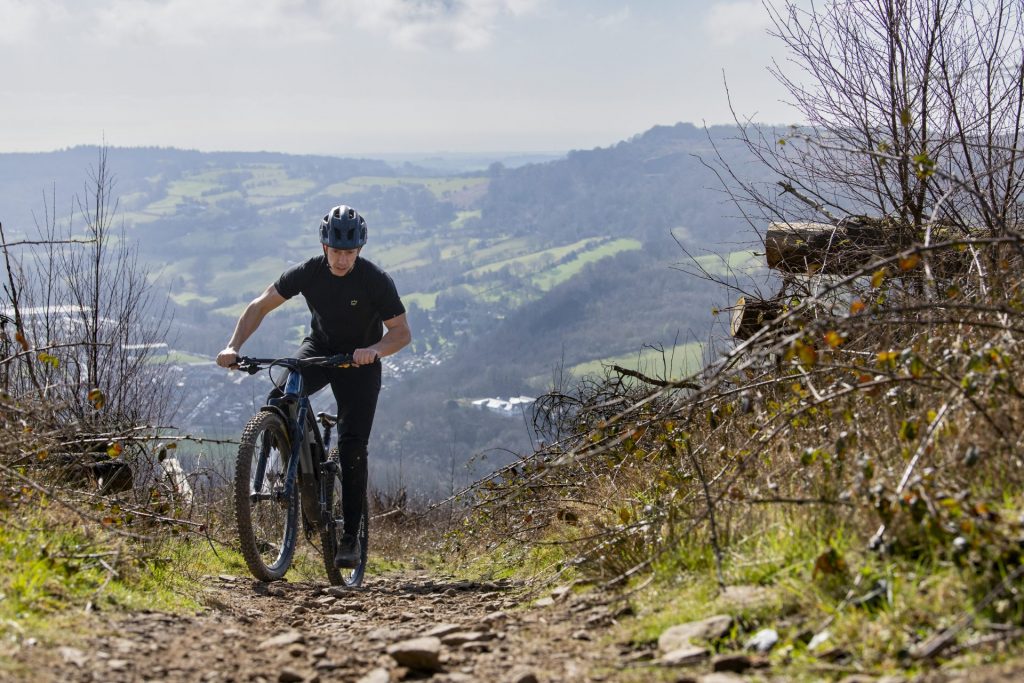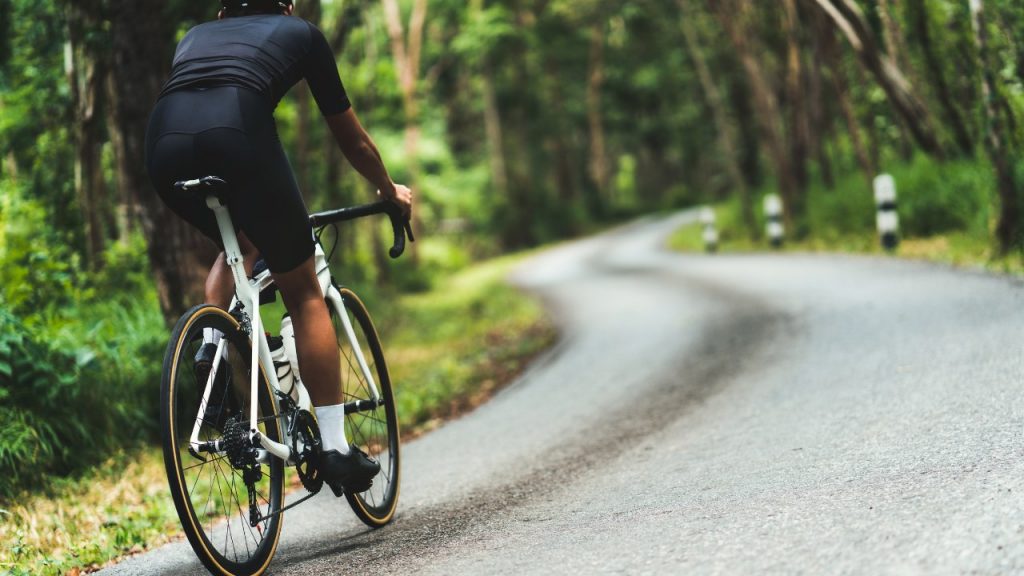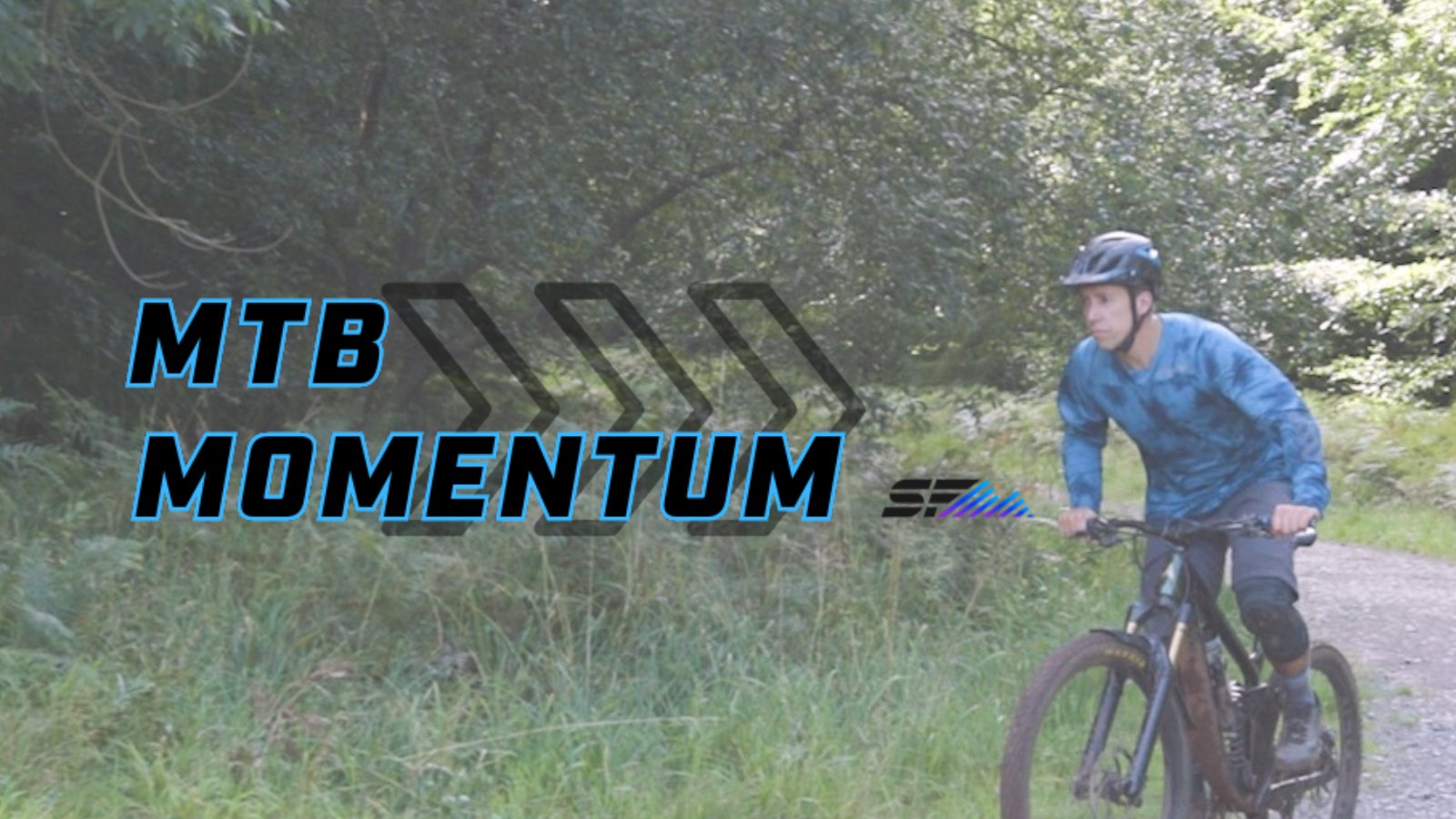For mountain bikers, conquering rugged trails demands more than just technical skills—it requires endurance that can withstand the toughest terrains. Join us in this article as we uncover the science-backed strategies and training techniques that will help you boost your endurance, ensuring you can pedal the most challenging trails with ease.

Training Volume
There is no way of escaping it or getting round it. Training volume is the biggest contributor to developing your aerobic fitness and endurance in any sport. It is not a popular answer, in the world of quick fixes and 8 minute miracle interval sessions, but it’s true. If you want to develop your MTB endurance, then you need to get the miles in your legs.
You should aim for small increases in training volume, week to week, so that you build gradually. For most people with a job and other commitments, it is hard to get long rides done in the week, so carve out some big chunks of time on the weekend for progressively longer rides.
In the week, you will find that shorter rides done consistently, can really add up and contribute to your weekly and monthly training volume. If you manage 2 x 45 minute aerobic rides during the week, it may not seem like much, but that’s 90 minutes extra work per week, and 6 hours extra over the course of the month. Now do that for 4-6 months and you can see that these small doses really add up.
Your long rides also need to get progressively longer in order to develop your endurance. This means pushing through fatigue, applying new stresses to your body that will make it adapt, therefore improving your endurance. Whilst those shorter, regular rides contribute to your fitness, the most effective sessions are the most specific, where we directly work on improving endurance by actually riding further.
Aerobic Fitness
Now that you are getting some extra volume in, it is important to do those extra rides correctly to gain maximum benefit, and that means doing aerobic base training for the majority of the rides. Aerobic training is where you ride at a low intensity for the entire ride. Here is an infographic that gives you the key points for how to do a high quality aerobic training ride:

Where so many riders go wrong, is that they think that the pace is too slow to be effective, so they speed up, working at a Zone 3 pace, robbing them of the potential gains that the Zone 2 work would give them. After a month or so, they write off aerobic training, saying that it doesn’t work and they go back to what they always did. Months later, they are no fitter, no faster and their endurance still sucks. Don’t be like this rider!
Aerobic riding needs to be easy. You should be able to do back to back days without any soreness or real fatigue building up. For less fit riders, this means a very slow pace, especially when the road kicks upwards, often leaving them in the easiest gear spinning up at a walking pace. At this point, you need to remain disciplined if you really want to improve your MTB fitness. Don’t speed up, don’t work too hard, trust the process! The riders who find it hardest to remain at aerobic pace are the ones who need this training the most. Improving your aerobic engine will have the biggest positive effect on your MTB endurance.

Whilst we are talking about improving mountain bike fitness, it is worth noting that doing aerobic training on your MTB is very hard unless you live somewhere flat. Steep hills, rough surfaces and the added weight of the bike mean that you quickly go into Zone 3-4 on a mountain bike when climbing. This is why you will see so many riders doing road or gravel miles for their base training.
Controlled Environment
As I just mentioned, the MTB is not always the best place to do aerobic training, and many riders, myself included, prefer to use a more controlled environment to do endurance training. So as well as the road and gravel bike, the dreaded turbo trainer is a great place to get some shorter mid-week training sessions done to top up the weekly volume.
The turbo, or any indoor bike (Wattbike, Stages etc) create a very controlled training environment where you can work at a set intensity – Zone 2 – for the entire training session without wind, hills or other road users affecting your training output. The thing to watch out for is that many of the popular training apps, like Zwift, are not really set up to make aerobic training easy, as they make it into a game and are always encouraging you to go harder, a feature that I find very annoying!
Monitor Progress
Improving your endurance can be a slow process, so to help keep you motivated it is useful to monitor your training, keeping you motivated. At the basic level, you can use free tools like Strava to keep track of distance and duration from week to week. Many of you will also have heart rate monitors which will add an extra dimension to your training monitoring. A big part of improving your aerobic fitness and endurance for MTB, is becoming more efficient. Just like getting more mpg from your car, you want to get more speed from the same amount of work. Here is an example:
In week one, you rode for 45 minutes at aerobic pace on the turbo trainer. Your average heart rate was 145 bpm and the training app you used said that you covered 19 km.
Four weeks later, you repeat the session, riding 45 minutes at 145 bpm and now you cover 20.5km, an improvement of 1.5km. Therefore you can see that you are more efficient, getting further for the same amount of effort.
The very best endurance athletes in the world are remarkably efficient. Their easy aerobic riding pace would have the vast majority of riders red-lining and then having to stop. The potential gains to be made are huge, and take years of consistent training to realise.
Lactate Threshold Training
Once you have built a solid base of aerobic training, it is time for some intensity, primarily in the form of threshold training. Your lactate threshold (also known as FTP) is the maximal intensity that you can sustain for 30-60 minutes of continuous effort. When you push even slightly past this intensity, the fatigue builds rapidly forcing you to slow down. This is basically the burn you feel in your legs on a hard effort.
In most heart rate training zone systems, your lactate threshold is in Zone 4, which is a RPE of 7-8 out of 10 for intensity. You should not be able to talk, beyond grabbing a few words and you will be breathing hard, with a low level burn in your legs throughout.
To improve your lactate threshold you will need to do some specific intervals or efforts at around that intensity. Here are some examples of different training sessions to improve your lactate threshold:
3 x 10 minutes at threshold pace with 4 minutes rest in between. As you improve, reduce the rest periods.
3 x 15 minutes at 95% of threshold with 3 minutes rest in between.
Trail or road ride where you ride 3-5 climbs at about threshold pace.
2 x 20 minutes at threshold pace with 3 minutes rest in between.
All of these sessions will help to improve your lactate threshold, and therefore contribute to your endurance, especially if you want to improve endurance for XC or marathon racing. Remember though that the biggest contributor to your threshold pace is your aerobic fitness, so don’t rush into this work until you have done the base miles!
Strength Training
If you know me, then you will know I am a huge believer in the benefits of strength training for mountain bikers. I won’t go into too much detail here, as I have covered this topic in a number of articles and videos, but in terms of your endurance, strength training will make you more robust and more efficient. It’s as simple as that!
Ben
